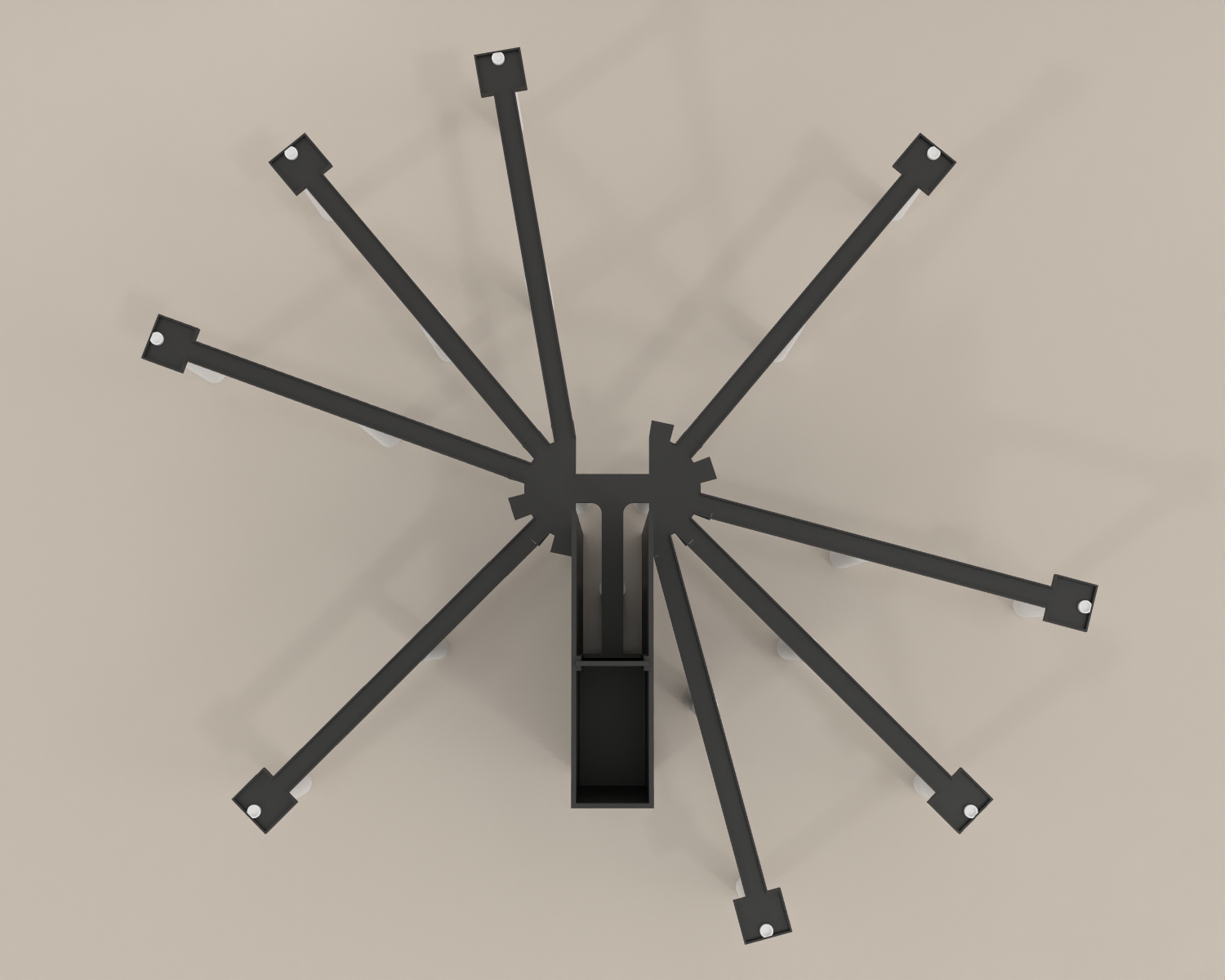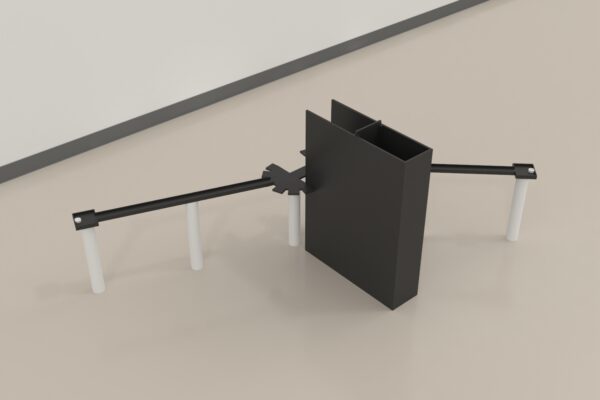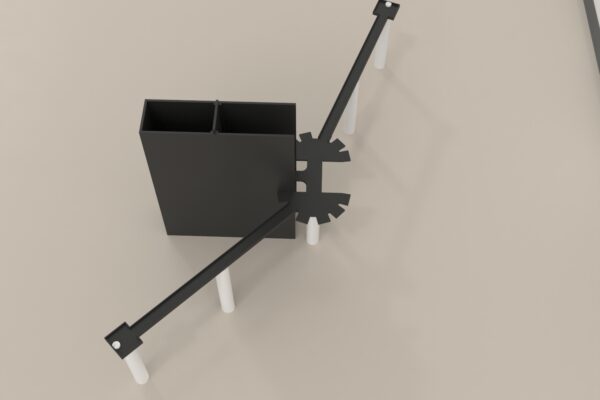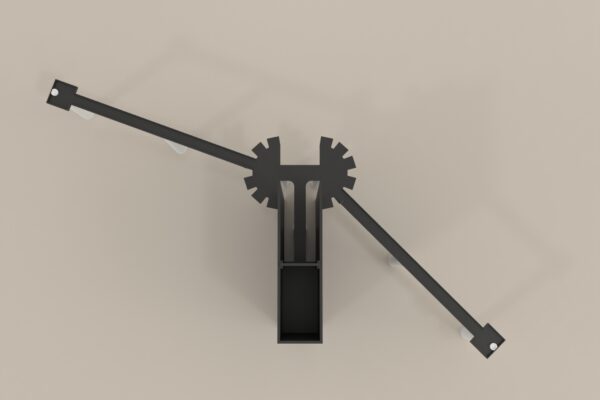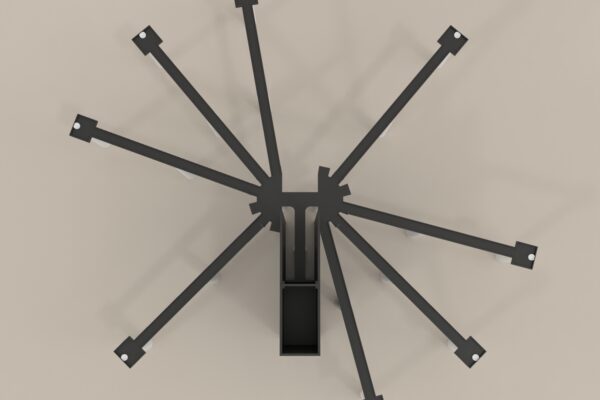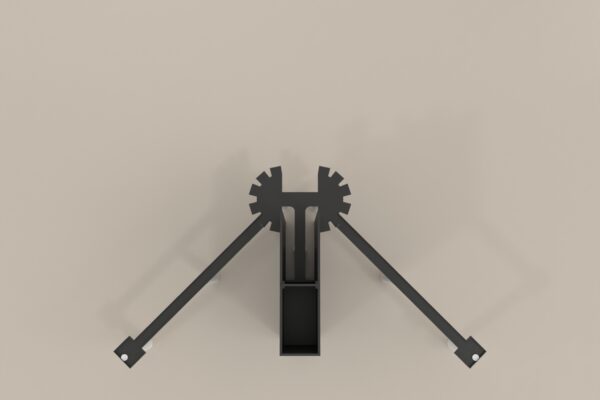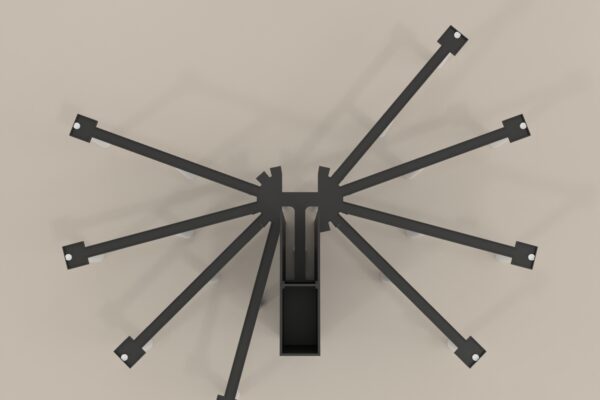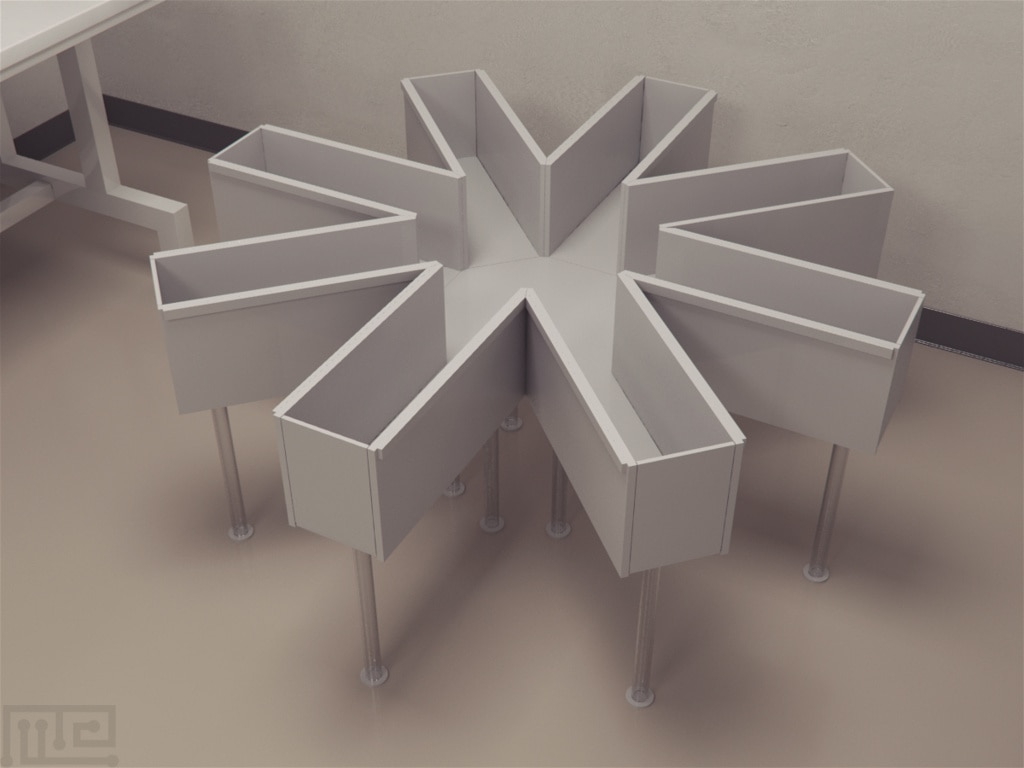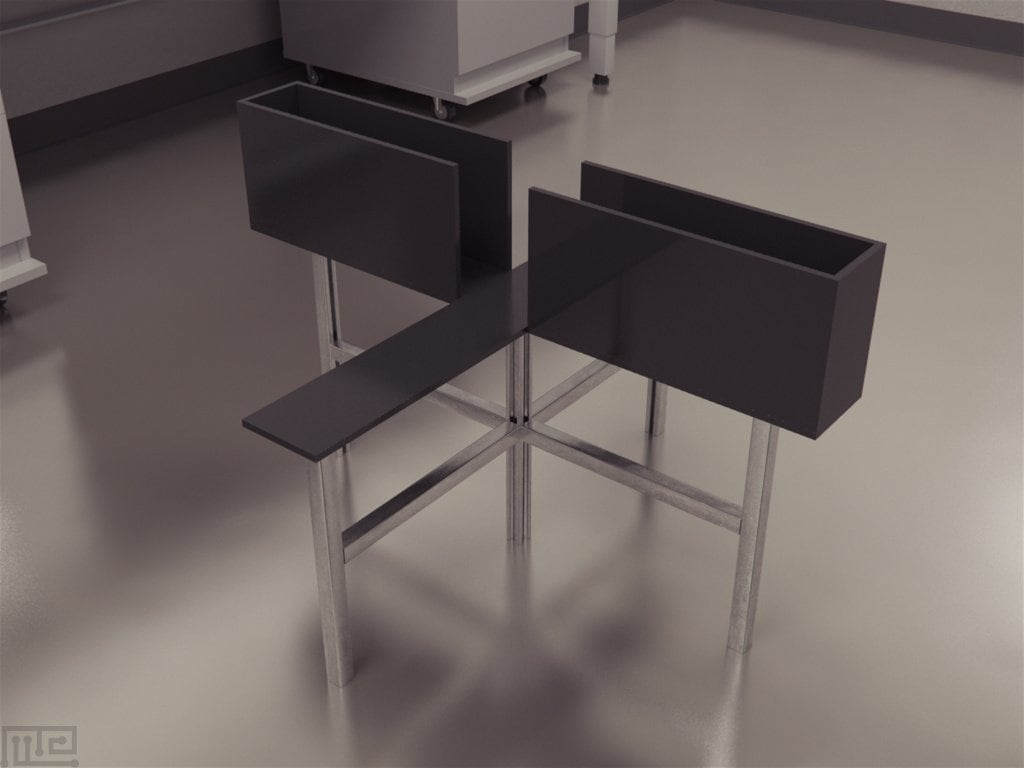Developed by Michon et al, the Rodent Dual Reward-Place Association Task was created to explore the formation and transformation of memories into long-lasting forms are supported by coordinated activity between neurons in the cortex and hippocampus. Memory strength is positively influenced by the behavioral relevance of associated experiences.
The rodent Duel Reward-Place Association Task is a variant of the Elevated Plus Maze and Radial Arm Maze as a new paradigm to investigate the selective retention of memory in rodents by repeatedly testing the acquisition and retrieval of two food-place associations with different reward values.
Rats demonstrated better memory performance for experiences associated with larger rewards after 2- or 20-hour delays, depending on the spatial integration required to retrieve the location, making this paradigm suited to study preferential retention of relevant experiences in rats

